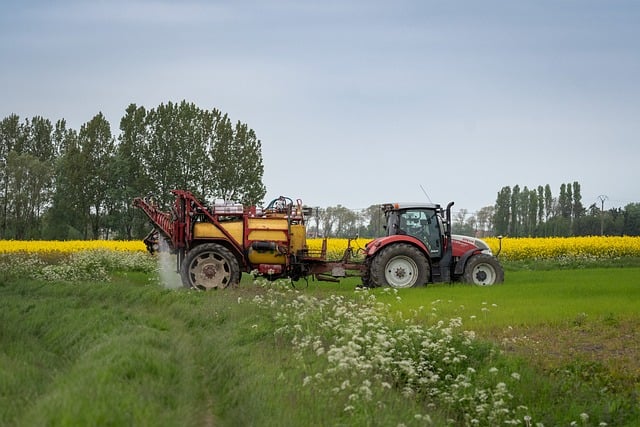Synergizing Agricultural Integration: A Path to Transport Sustainability and Rural Development
In an era where environmental concerns and the quest for sustainable development are more pressing than ever, agricultural integration emerges as a transformative force with the potential to reshape our understanding of transport sustainability and rural development. It is not merely an operational strategy; it is a holistic approach that harmonizes agricultural practices with transport systems, creating synergies that benefit farmers, communities, and the planet alike.
Understanding Agricultural Integration
Agricultural integration encompasses the seamless alignment of agricultural production, distribution, and consumption processes with transport infrastructures. By fostering connections between rural landscapes and urban markets, we can enhance the efficiency of agricultural value chains, reducing greenhouse gas emissions associated with transportation and increasing food security in vulnerable communities.
Transport Sustainability: A Necessity, Not a Luxury
When we speak of transport sustainability, we’re addressing the heart of issues like carbon emissions, resource depletion, and environmental degradation. Sustainable transport systems are fundamental for an efficient agricultural sector. Imagine farmers using eco-friendly transport methods to deliver organic produce to urban centers, minimizing their carbon footprint while maximizing their profits. This shift not only benefits the environment but also reduces operational costs for farmers who can leverage local resources more effectively.
Empowering Rural Development
Rural communities often lack access to modern transport systems, which hinders their economic growth and social development. However, through synergistic agricultural integration, we can empower these communities, ensuring that they become active participants in the economy. Investment in rural infrastructure enables farmers to transport their goods efficiently, opening up new markets and opportunities for collaboration. When farmers can reach consumers directly, it enhances their economic stability and fosters a sense of community.
Moreover, by integrating agricultural practices into transport planning, we can ensure access to vital resources, such as seeds and fertilizers, is simplified. This creates a ripple effect, fostering innovation and resilience among rural populations who are the backbone of our food systems.
The Role of Technology in Bridging Gaps
Innovation plays a crucial role in achieving agricultural integration and enhancing transport sustainability. The reliance on digital technologies, such as apps for logistics management, can streamline supply chains, making them more responsive to market demands while reducing waste. Drones and automated vehicles can revolutionize the way goods are transported, especially in remote areas, thereby connecting farmers to broader markets.
The Intersection of Community and Sustainability
At the core of this paradigm shift lies the recognition that sustainable transport and agricultural practices are intrinsically linked to the community fabric. When we prioritize local resources, we not only contribute to the global sustainability goals but also enhance the identity and heritage of rural communities. Local markets thrive, creating inclusive economies that uplift families and preserve the environment.
By synergizing our efforts in agricultural integration, we are setting the stage for a future where transport sustainability and rural development go hand in hand. This journey requires collaboration across sectors, openness to innovative practices, and a commitment to creating equitable systems that benefit all. The pathway is challenging yet rewarding, reimagining what #Agriculture can be and what #Transport should look like in a world willing to embrace the change.




